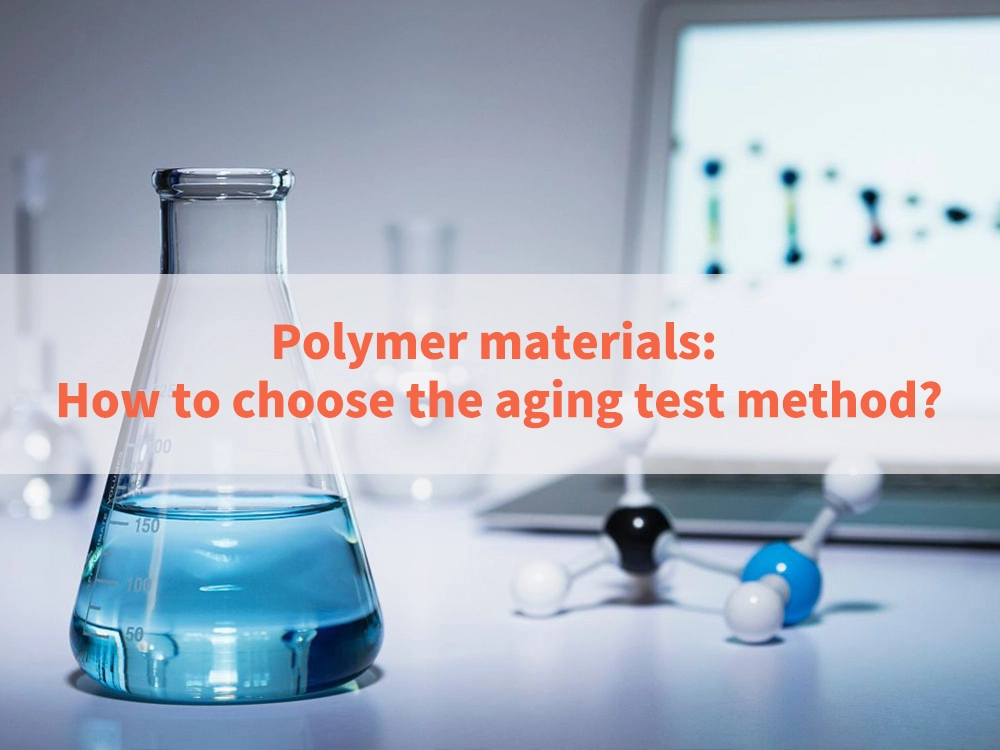This article explains how to make industrial ovens last longer. To do this, clean the surface and inside of the oven. Lubricate the parts. Check the electrical components and circuits. Replace anything that gets used up. The article also talks about safety rules. For example, it says that operators should be trained. It also says they should wear the right clothes and be careful around electricity. Doing these things can make the oven last longer and be more reliable. This is important for keeping production going smoothly.
This article is about salt spray testing. It covers the principles, types, and equipment involved. You will learn about the advantages and disadvantages of this testing method. It is used in industries like automotive, aerospace, marine, electronics, and construction. The article will explain the process of preparing and mounting samples. It will also describe the parts of salt spray chambers. You will understand how this testing technique speeds up corrosion and helps find weaknesses in materials. It is a cost-effective way to assess corrosion. It can also help detect problems early. Salt spray testing is important for improving product quality and durability when facing corrosive challenges.
This article summarizes the key points of purchasing an industrial oven, including the operational principles, structural classifications, buying guides, and usage guidelines for industrial ovens. It emphasizes the factors to consider when purchasing an industrial oven, such as the quality of the heating tube, ease of cleaning for the internal material of the chamber, electrical wire quality, insulation performance, dimensions, and temperature control. The article concludes by highlighting the wide range of applications for industrial ovens and underscores the importance of precautions during use and regular maintenance.
This article provides a comprehensive introduction to the definition and function of climatic chambers. It also discusses their significance and applications across various industries. The text delves into the distinctions between climatic chambers and environmental chambers. Additionally, the article covers the types of climatic chambers, key components, and specific applications in industries such as automotive, aerospace, electronics, and pharmaceuticals.
This article delves into the detailed comparison between high and low-temperature test chambers and constant temperature humidity test chambers. From definitions, methods of temperature and humidity control to equipment structures, each has its distinct characteristics. In essence, high and low-temperature test chambers are primarily used to simulate the durability of objects in harsh environments, while constant temperature humidity test chambers focus on maintaining a constant temperature and humidity, suitable for industries with higher environmental requirements.
Corrosion is a big problem for metals. It can weaken things in lots of different industries. ASTM International came up with a test called ASTM B117, also known as Salt Spray Testing, to fight against this. This test is important for checking how much corrosion is happening.
This article explains a test called the Salt Spray Test. It measures how well a product can resist salt spray corrosion. The content explains the test and why it’s important in assessing product quality. The passage talks about various testing methods such as NSS, ASS, CASS, and Alternating Salt Spray Tests. The content covers corrosion rates and evaluation methods, too. The article explains where salt spray testing is used. It is used in road transportation, electronics, and more. The piece ends by discussing the items that usually go through salt spray testing. The test is important for evaluating corrosion resistance in different industries.
One way to test the product’s durability is UHAST vs. BHAST to ensure the durability and reliability of the product.
Polymer materials in the use of the process will encounter the problem of climate aging. To predict the weathering resistance of polymer materials. We can realize it through experimental methods. The methods of weathering resistance of polymer materials are divided into two categories. These are the natural climate aging test and artificial climate aging test.
Due to many factors that cause polymer materials aging and complex aging mechanisms. Natural climate aging is undoubtedly the most important and reliable weathering test method. But, the natural climate is not humanly controllable. Subject to time and geographical constraints. Light, water, and temperature in the environment can change at any time. Thus, it is difficult to get consistent results for tests started at different times. This leads to poor repeatability of the test results. Artificial climate aging test makes up for these shortcomings. This method simulates the effect of light, water, and temperature on the specimen. And obtains the test results. And can enhance the natural climate of a factor or several factors. Thus shortening the weathering test cycle. Ultimately gets the effect of accelerating the test process.
As the test conditions can be controlled. The repeatability of the test is also guaranteed. Thus, the artificial climate aging test is as widely used as the natural climate aging test. It is even used more often.
In the world of testing and evaluating the durability of materials, there are 2 tests: Thermal Shock vs. Thermal Cycling Tests. These tests are easy to understand how car parts, ceramics, and electronics work. Even though these tests look similar, they have different reasons. Plus, they perform functions in different ways. In this article, we’ll explain these tests in an easy way and help you decide which one is best for what you need.









